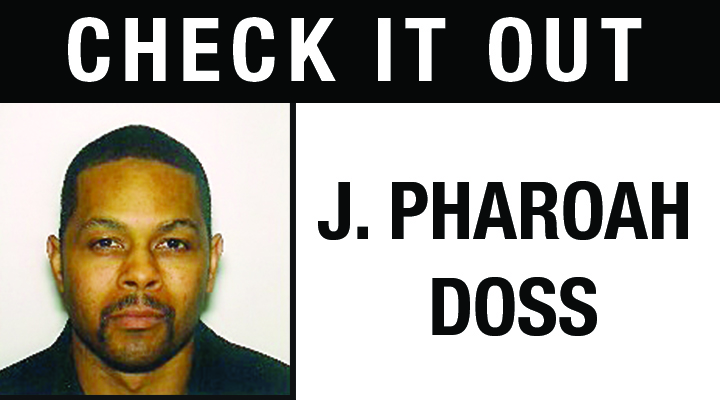by J. Pharoah Doss, For New Pittsburgh Courier
In the 1890s White mobs lynched dozens of Black men for raping White women. Investigative journalist Ida B. Wells discovered a lot of these rape accusations covered up consensual sex.
Wells published her findings in the newspaper she co-owned in Memphis, Tennessee, and concluded, “Nobody in this section of the country believes that old threadbare lie that Negro men rape White women. If southern men are not careful, a conclusion might be reached which will be very damaging to the moral reputation of their women.”
Days later Wells’ newspaper office was burned down because she insulted the sanctity of White womanhood. White mobs sought to lynch Wells, forcing her to relocate.
In exile, Wells published her famous pamphlet “Southern Horrors: Lynch Law in All Its Phases” in which Wells provided detailed accounts of the relationships between Black men and White women and the false accusations that stirred “leading White men” into a lynching frenzy. The “leading White men” refused to accept there were White women that chose to be intimate with their “inferior counterparts.” Their refusal led to the creation of the most demonizing stereotype in American history, that of the sex-crazed Black brute who raped White women on sight.

The fourth section of Wells’ pamphlet was titled “The Malicious and Untruthful White Press.”
Wells blamed the White press for promoting the vicious sex-crazed Black male stereotype, inventing a threat against White women that didn’t exist, creating a social climate that encouraged lawlessness, and justifying violence by praising White lynchers as heroic defenders of White womanhood.
False rape accusations couldn’t have condemned innocent Black men without the White collective belief in a widespread threat that had no correspondence with reality.
Let’s fast forward to the 21st century.
In January 2019, Jussie Smollett, a famous Black and gay actor, was attacked in Chicago at 2 a.m. The initial reports stated Smollett was punched in the face, had an unknown chemical substance poured on him, and a rope wrapped around his neck. The two assailants shouted racial and homophobic slurs and made references to MAGA (Make America Great Again), the official slogan of Donald Trump’s presidency.
Kamala Harris, now the Vice President of the United States, called Smollett’s attack an “attempted modern-day lynching.” Harris implied there was also a modern-day social climate in which violence is inflicted upon minorities to maintain White supremacy.
For the media, the Smollett incident was further proof that White supremacist hate crimes were on the rise during the Trump presidency. Every month after Trump’s 2016 election the media reported hate crimes against minorities had increased. Add the news coverage of White police officers shooting unarmed Black males, and it’s easy to see how a collective belief developed that America in the 21st century was no different than the times of Ida B. Wells.
But was this collective belief justified or another “threadbare lie?”
As it turned out, on December 9, 2021, Jussie Smollett was found guilty of making false reports to the police about a hate crime he staged against himself. Believers of the mass hate crime threat took Smollett’s fabrication as an aberration, but Smollett’s fake hate crime revealed the premise of Dr. Wilfred Reilly’s 2019 book “Hate Crime Hoax: How the Left is Selling a Fake Race War.”
Reilly wrote, “Whatever the causes and ultimate results, my research has established that a very large number of widely reported modern hate crime allegations are simply false. They are hoaxes. This statement holds true for allegations of White-on-Black and White-on-Hispanic violence, for alleged political crimes, and for almost all ‘hate incidents’ reported to the media from inside the groves of academe. This phenomenon is occurring with the context of the ‘Continuing Oppression’ narrative, which promotes racial discord via the argument that minorities are at constant risk of violent attacks by Whites.” Reilly concluded, “Removing the unjustified fears created by false perceptions of oppression would be the best possible thing for minority Americans.”
Once again, just like in the times of Ida B. Wells, the collective belief in a widespread threat of racial attacks has no correspondence with reality.